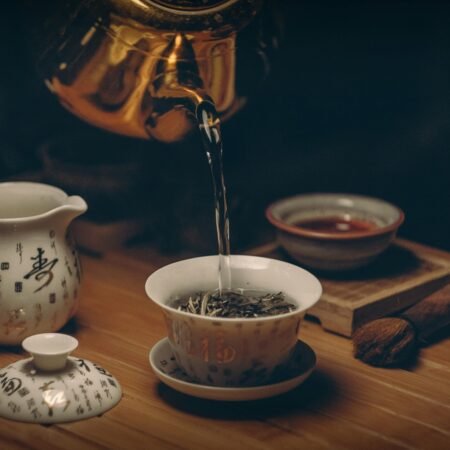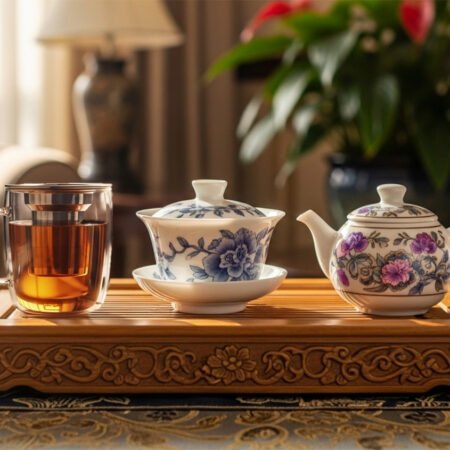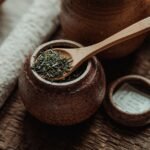
Browse Category
Brewing
Master the art and science of tea preparation to unlock each leaf’s full potential and flavor profile. Discover methods from around the world alongside essential variables that transform your tea experience.
17 Articles


Mastering Tea Brewing Methods: A Guide to Perfecting Your Brew
July 26, 2025
13 Min Read

How to Make Iced Tea Like Restaurants: Expert Tips for Perfect Sweet, Iced Tea Recipe
May 11, 2025
13 Min Read

How to Steep Tea Like Tim Hortons: Tea Recipe for Perfect Home Brewing
May 7, 2025
5 Min Read

How to Make Tea like Starbucks – Easy Copycat Recipe for Starbucks Iced Black Tea
May 7, 2025
10 Min Read

How to Brew Tea Orange: A Refreshing Recipe with Orange Peel and Mandarin Slice
May 1, 2025
8 Min Read
Featured Articles
Essential Tea Scoops: Bamboo Tools for Loose Leaf Tea
July 30, 2025
Ultimate Guide to How Processing Affects the Taste of Tea
August 5, 2025
Most Delightful Newsletter
Get Our Master Tea Brewing Cheatsheet









